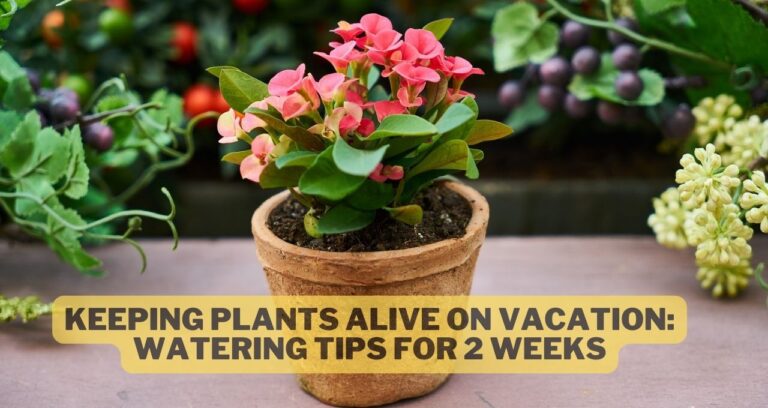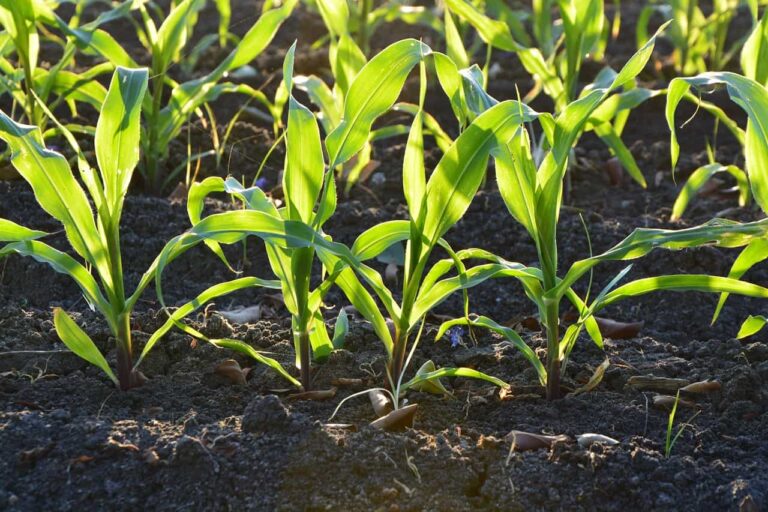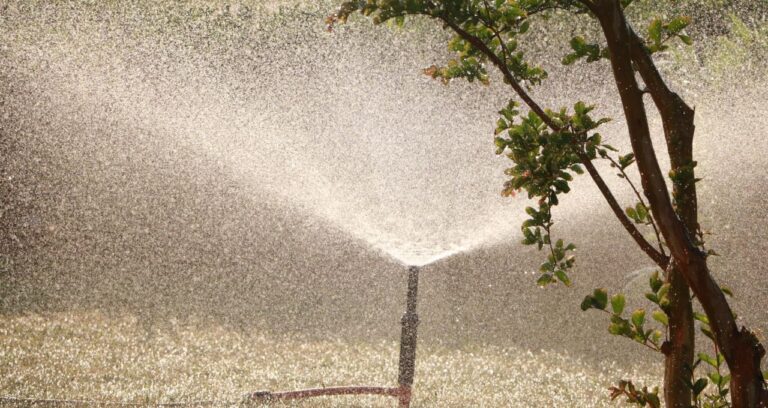What Does an Underwatered Aloe Plant look like? Expert Insights
Underwatering is a common issue that many aloe plant owners face. When They don’t receive enough water, it show visible signs of dehydration. So, what does an underwatered aloe plant look like? Understanding the signs of an underwatered is important for saving the plant.
Their many signs say that your aloe plant is underwatered. Yellowing leaves, droopy foliage, curling leaves, brown and dry leaf edges, and brown spots. Some telltale signs are that the plant is not getting enough water. We will delve deeper into each symptom and guide you on reviving your underwatered aloe plant.
What Does an Underwatered Aloe Plant look like
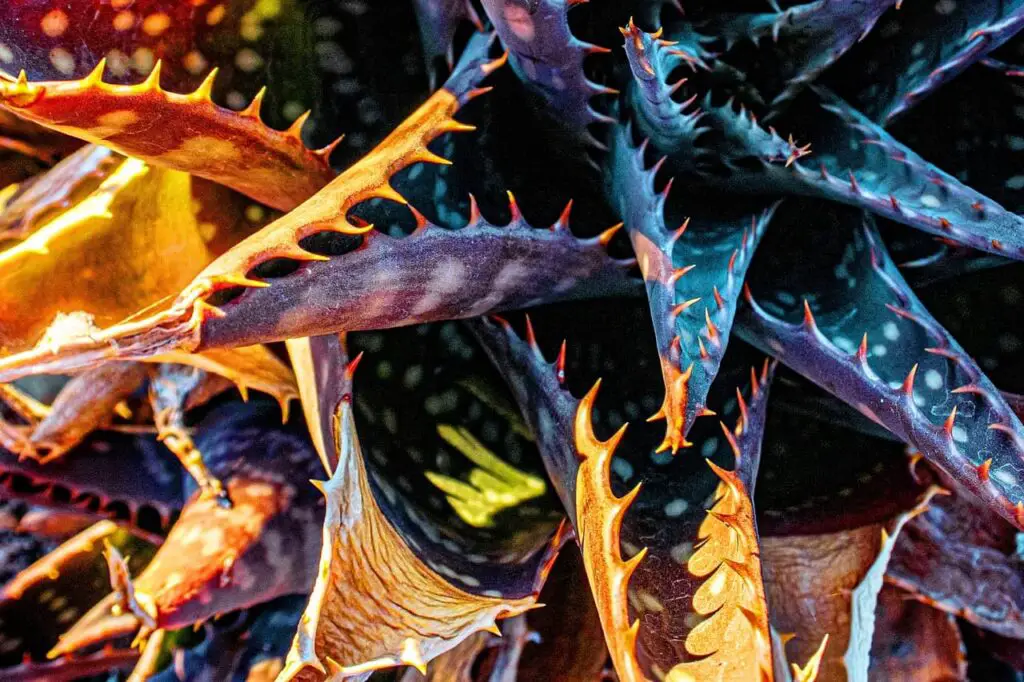
An underwatered aloe plant will exhibit signs of transpiration, such as curling leaves. This curling is a mechanism that allows the plant to keep water for a long time.
The leaves may also shrink in size, and the stomatal pores may reduce in size as well. These transformations help the plant conserve water during times of water deficiency.
To prevent the happening of these symptoms. Make sure that sufficient water is provided. Knowing the signs indicating an underwatered Aloe plant is essential to saving and reviving the plant effectively.
Read More :- The Best Plants For Terracotta Pots: Tips For Caring Your Plants
Yellowing Aloe Leaves
Yellow leaves are signs that an aloe plant is being underwatered. When it does not receive enough water, its leaves turn yellow, dry, and brittle. This discoloration indicates your plant is not receiving enough water to maintain nutrient deficiency.
The discoloration of the leaves typically starts from the edges of the leaves. Timely it extends throughout the rest of the plant in this pattern.
As the dehydration progresses. The leaves may become pale and translucent, losing their vibrant green color. This indicates they are desperate for water.
Droopy Leaves
Droopy leaves are another indicative sign of an underwatered. When it does not receive enough water, it affects plant cells, and they become limp and wilted.
The plant uses this defense mechanism as a way to preserve water. Its upright and sturdy leaves will begin to sag and bend downwards. If your leaves look limp or lifeless, it indicates they need more water.
Curling Leaves
Also, a lack of water may develop curling leaves due to yellowing and drooping. The leaves will start curling downwards as if trying to conserve moisture.
This is the plant’s mechanism of preventing additional water loss and protecting itself from dehydration. If you notice this symptom, it’s time to give good water.
Brown tips
One of the underwatered signs is the browning of the leaf tips. Since the leaf tips are the farthest from the stems. They are also the farthest from the water source. This indicates that they are the first portion of the plant to display symptoms of dehydration.
The outermost leaves are usually the first to exhibit this symptom. as their edges turn brown and crispy.
In severe cases of water deficiency, the entire leaf may become dry and shriveled. To prevent these dry leaves edges.
To overcome this problem, regulate the watering schedule and moisten the soil during each session.
Brown Spots on the Leaves
Aloe plants not receiving enough water may exhibit brown spots on their leaves, which indicates dehydration. As the plant lacks proper hydration, its leaves dry out and become brittle, resulting in brown spots.
Dry Potting Soil
If the soil around your aloe plant feels dry, it’s a sign that it hasn’t been watered enough. If the soil at the bottom of the pot becomes dry, there is a possibility that your aloe plant may become dehydrated.
If the dry soil remains dry for a long time, the plant’s roots will lose their ability to take in water and the essential nutrients they need to survive.
Read More: –Can You Propagate Aloe Vera From Leaf Cuttings? 5 Easy Steps
How to Revive an Underwatering Aloe Plant

It is important to take a methodical and gradual approach to revive a dehydrated aloe plant. To ensure healthy growth, follow the steps.
- Start by tapping the pot’s sides to loosen the soil.
- Remove the plant safely from its container without damaging the roots.
- Soak the roots in water for 30 minutes if they are severely dehydrated before repotting them in fresh soil.
- If the roots are in a particularly poor state, To further rehydrate the roots, immerse them in water for 48 hours.
- Remove any leaves that are drooping or turning yellow to generate new growth. Tried to repot in a terracotta or clay pot.
- Choose one container with adequate drainage holes.
- Aloe plants cannot grow well in regular potting soil. Use well-drained soil. Try using succulents and cacti soil for growing.
- Selecting the appropriate pot size is also very important. It also helps rots to absorb water properly.
Repot the aloe in the new pot and add fresh soil, ensuring it is firmly packed around the aloe’s roots.
Find the perfect spot in your home. Direct sunlight can harm by causing leaf damage, sunburn, or drying out the soil. Use indirect sunlight alternatively. Move a room with a window to offer more indirect light and fresh air.
Read More:- How To Grow Vegetables Indoors Without Sunlight: Top Tips
Overwatering vs. Underwatering
While it may seem counterintuitive, overwatered aloe plants can also harm your plant. Excessive soggy soil leads to poor root health and can cause root rot.
If you observe leaves turning yellow, stems becoming mushy, or a foul odor emanating from the soil, it could indicate that your plant is receiving excessive water. If left unchecked, overwatering can lead to the demise of your once vibrant aloe plant.
Also, If plants get too much water for a long time, it may harm them. When deprived of adequate water, aloe plants may show signs of distress. Their leaves may turn dry, brown, and brittle, and the plant may become limp or wilted. Neglecting to hydrate your aloe can hinder its growth and overall appearance.
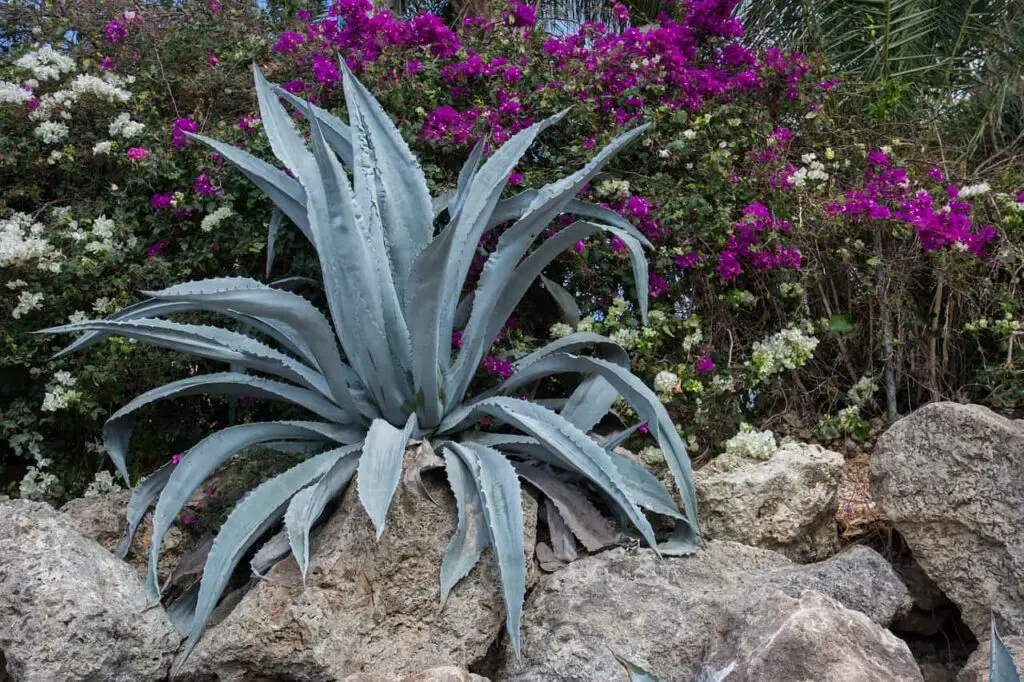
Aloe Plant Care Chart
| Aspect | Overwatering | Underwatering |
|---|---|---|
| Watering frequency | Too frequent, keeping the soil constantly moist | Infrequent, allowing the soil to dry out completely |
| Soil moisture level | Consistently wet or waterlogged soil | Dry or extremely dry soil |
| Root health | Risk of root rot due to excessive moisture | Risk of root dehydration and damage |
| Leaf appearance | Yellowing or browning leaves | Wilting, shriveled, or drooping leaves |
| Leaf texture | Soft and mushy leaves | Dry and brittle leaves |
| Growth rate | Stunted growth or lack of new growth | Slow growth or limited new growth |
| Root system | Weak or restricted root development | Shallow root system |
| Disease and pests | Increased susceptibility to fungal infections and pests | Reduced risk of fungal infections, but increased risk of pest infestation |
| Remedy | Reduce watering frequency and ensure well-draining soil | Increase watering frequency, allowing the soil to retain some moisture |
| Prevention | Allow the soil to dry out between waterings | Monitor soil moisture and adjust watering accordingly |
Aloe Plant Care Tips
1. Watering Frequency: Try to balance between moisture and dryness. To keep soil healthy, let it dry out completely between waterings. Every 1-2 weeks, this should happen. Try to water every 1 or 2 weeks, depending on your area. Remember, aloe plants are succulents and can tolerate periods of drought.
2. Watering Amount: When it comes time to water, give the plant enough water to absorb into its roots. To avoid saturated soil, ensure excess water drains out of the container.
3. Proper Drainage: Choose a potting mix that has enough drainage and was created with succulents in mind.
4. Observation: Consider your aloe plant’s appearance and behavior. Look for signs of either overwatering or underwatering. If the leaves are mushy, turning yellow, or emitting a foul odor, it may be a sign of overwatering. On the other hand, if the leaves are dry, brown, and brittle, and the plant appears limp or wilted, it may be underwatered.
5. Environmental Factors: Consider the season, temperature, and humidity levels when determining your watering routine. Aloe plants may require more water during warmer months and less during colder periods.
Finding the right watering balance for your aloe plant may take trial and error. You can help your aloe thrive and enjoy its many benefits with patience and consistent care.
Causes of an Underwatered Aloe Vera Plant
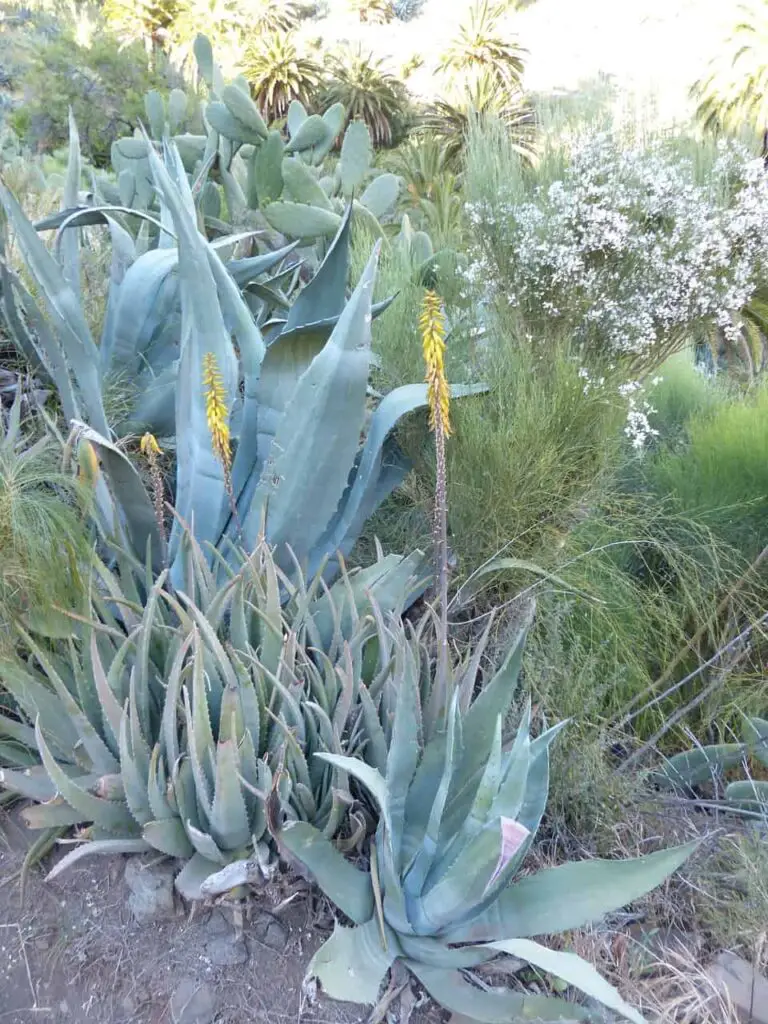
1. Inconsistent watering: A consistent watering schedule is essential for the health of your plants. Irregular watering patterns, such as skipping watering sessions or overwatering followed by long periods without water, can result in underwatering.
2. Lack of attention: This is the most common issue of Ourwhy it’s underwater. Our busy routine or going on vacation led to the most underwater issues. You must create a watering schedule to ensure timely watering. Or, if you are going on vacation, try to make alternative arrangements. Or you can try some of the popular watering methods on vacation.
How to Water Plants While on Vacation?
3. Overly dry environment: Rapid water evaporation is a common issue that can affect an underwatered aloe vera plant. When a plant loses moisture faster than it can absorb water from the soil. This is known as water evaporation. High temperatures, low humidity levels, or placing the plant in direct sunlight. Some of them contribute to this rapid evaporation.
4. Poor drainage and soil: Using soil that cannot keep moisture will result in underwatering issues. Even if you water adequately, the soil cannot hold the water and drain it out. So, it is required to use suitable soil. Additionally, if your drainage hole is too large. The water will pass through when you water the plants, and the soil cannot keep the moisture.
5. Seasonal changes: During certain seasons, such as winter, the water requirements of aloe vera plants may change. Adjusting your watering routine to prevent underwatering during these times is important.
Remember, proper watering is crucial for health and vitality. Assess its moisture levels and provide adequate water for optimal growth.
Read More:- Why Does Aloe Vera Smell Like Onions?
Faqs
What is an underwatered aloe plant?
An underwatered aloe plant has not received enough water to meet its hydration needs. This can happen for various reasons, such as lack of attention, being in an overly dry environment, poor drainage and soil, or seasonal changes. When an aloe plant is underwatered, it may show some distinct signs. The leaves may become wrinkled, wilted, or appear shriveled.
Why do aloe plants need to be watered regularly?
Regular watering helps keep the plant hydrated and prevents it from drying out or dehydrating. The leaves can become shriveled, wilted, and discolored without enough water.
How can I tell if my aloe plant is getting enough water?
If the plant is getting proper water or not, it’s not very hard to understand. They tell you that they are happy. Its leaves appear plump, firm, vibrant in color, and have healthy leaves. It indicates that the plant is getting sufficient water. It’s a positive sign. But, if the leaves appear shriveled, wilted, or discolored, it could be a sign of underwatering.
Conclusion
This houseplant needs a little water, but figuring out how much it needs is hard. So keep a close eye on the signs and symptoms of underwatering. Take the steps if you find any signs of an underwatered aloe plant. If you follow those tips, you can ensure what an underwatered aloe plant looks like and can take care of it properly.

